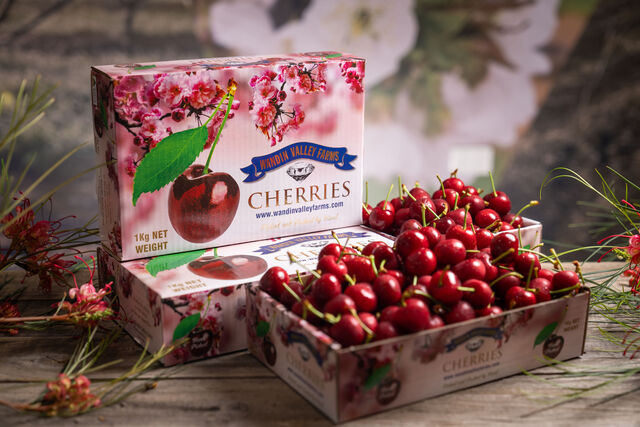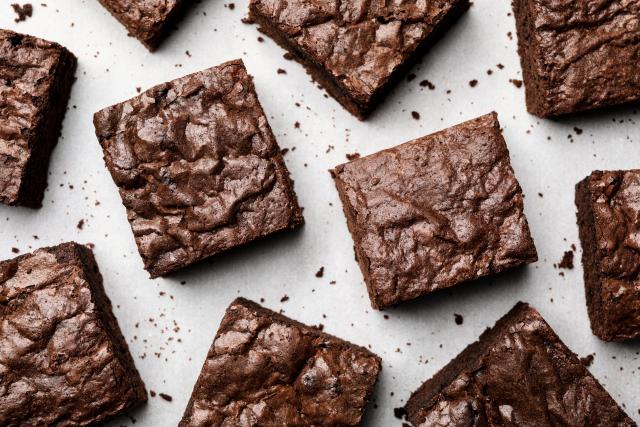Preparation
* Before preparing festive food make sure that there’s enough room in the fridge to keep cold food at or less than 5°C.
* Before preparing foods and between handling raw meat or raw chicken wash hands thoroughly with soap and warm water and dry thoroughly.
* Use separate cutting boards and utensils for raw meats and ready to eat foods.
* Prepare foods as close as possible to when you’ll be eating them.
Defrosting
* Ready to eat food should always be defrosted in the fridge or microwave, never on the bench top, unless the manufacturer recommends that you do so.
* A large turkey will take several days to defrost in the fridge. Always make sure that it’s thoroughly defrosted in the centre before cooking. If you can’t defrost the turkey in your fridge, you could ask your butcher to defrost it in the coolroom.
Cooking/reheating
* Because stuffing slows down cooking and cooling, it’s best cooked separately.
* Cook foods properly. All rolled and stuffed roasts, poultry, sausages, mince dishes need to be fully cooked. Steaks, chops and solid pieces of meat can be eaten rare.
* It’s OK to defrost your turkey on the benchtop, but it’s essential that it’s thoroughly cooked all the way through to make sure any bacteria are killed – use a meat thermometer to check that the temperature in the thickest part reaches 75°C.
* Keep hot foods steaming hot over 60°C. Avoid keeping food in the temperature danger zone between 5°C and 60°C where food poisoning bacteria grow best.
* When reheating food ensure that it’s steaming hot all the way through (at least 75°C).
Storing/refrigerating
If there’s not enough room in the fridge, remember that soft drinks and alcohol, pickles, jams and other acidic condiments don’t need refrigeration to remain safe. Drinks can be kept cold in an esky with ice.
* Keep cold foods refrigerated at or below 5°C.
* If you cook large amounts of food in advance, divide it into smaller portions or shallow containers, cover and place in fridge or freezer. Make sure there’s good air circulation around the containers.
* Refrigerate leftovers immediately after the meal.
* Never store leftovers on the kitchen bench, and use refrigerated leftovers within two to three days.
* Your ham will keep several weeks with proper handling by removing it from any plastic wrap, covering with a clean cloth so it doesn’t dry out, following any instructions on the packaging and storing it in the fridge below 5°C.
Festive food tips
Digital Editions
-

Most scenic place to play
Purchase this photo from Pic Store: 208644 Warburton Golf Club is the jewel in the crown of the picturesque Yarra Valley, approximately 70km east of…





